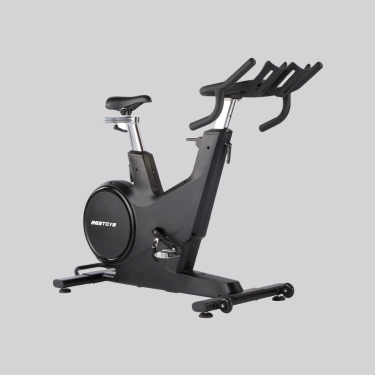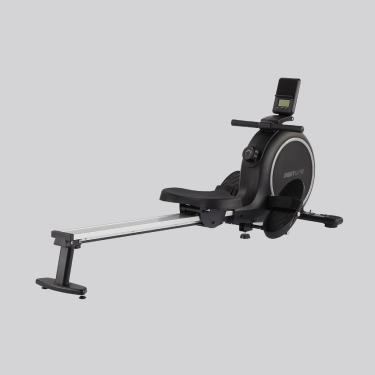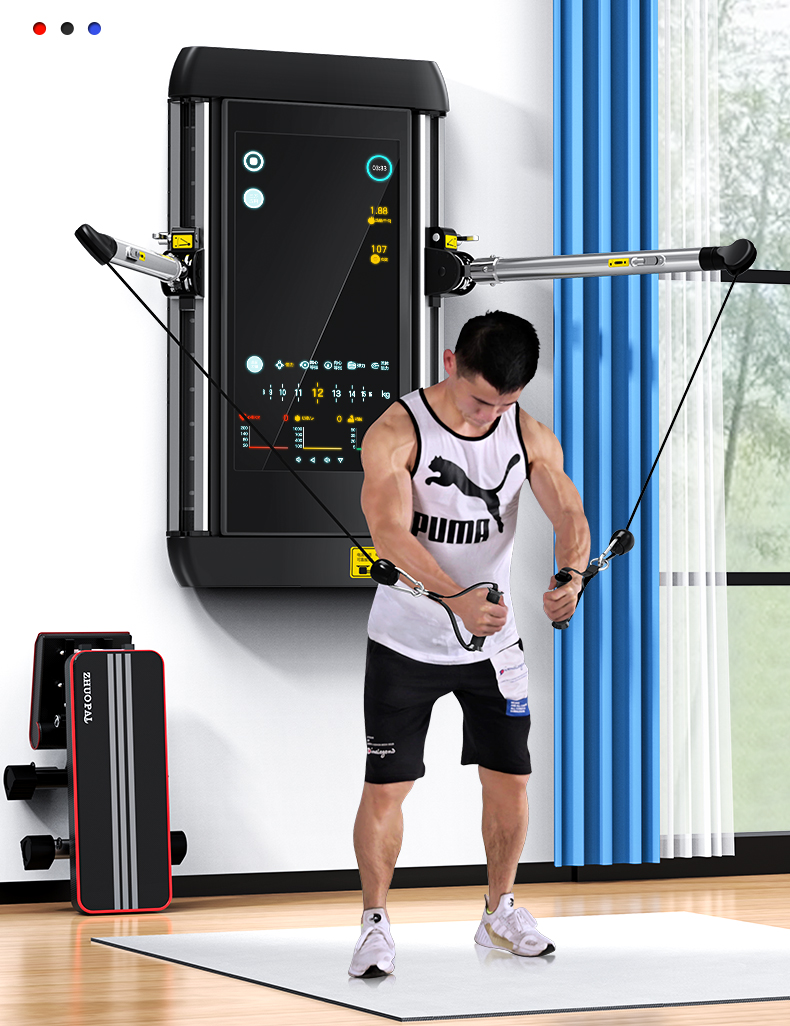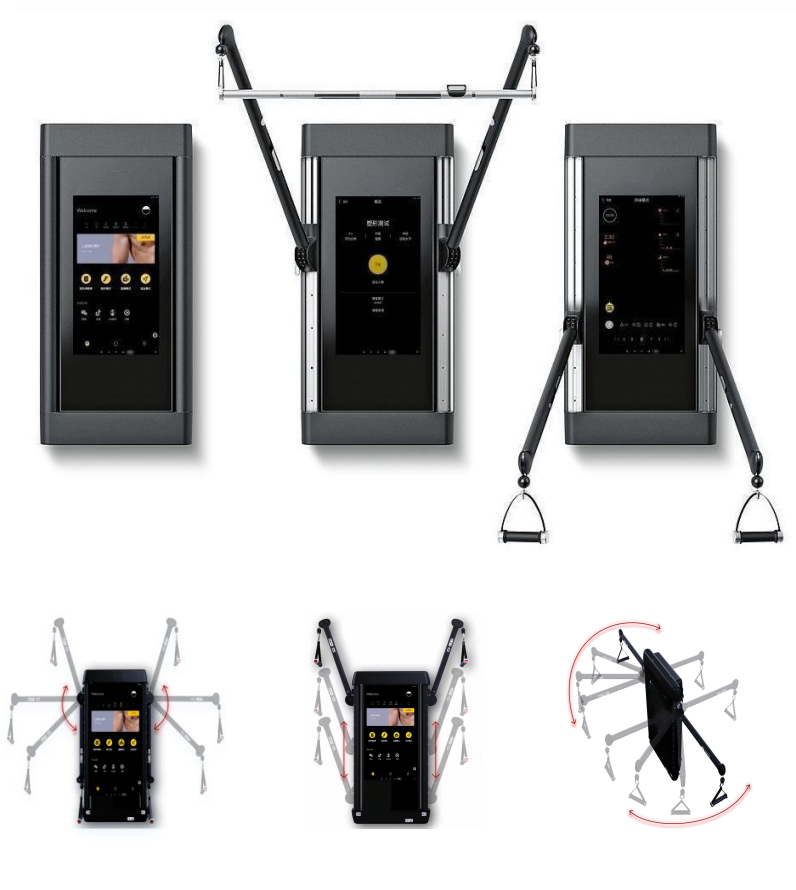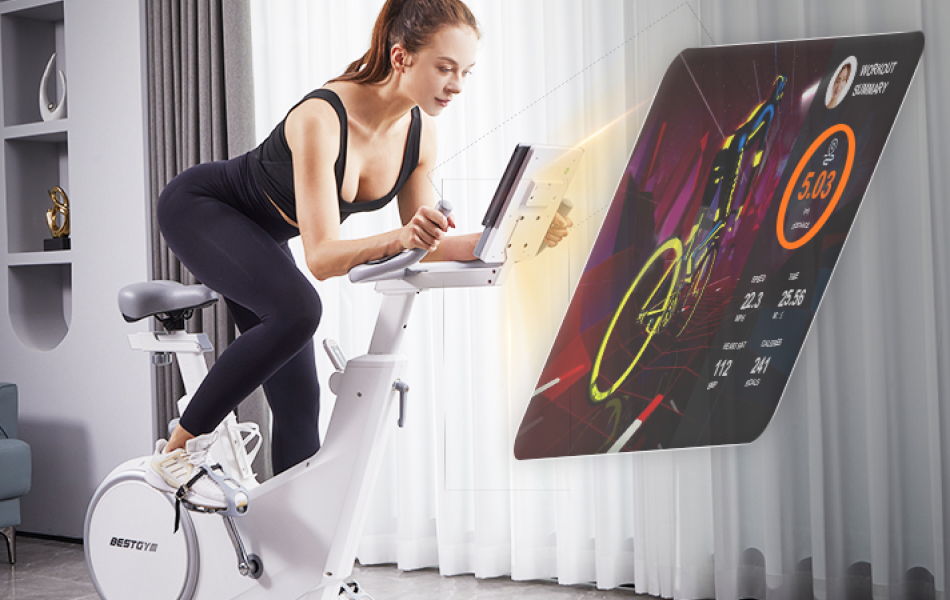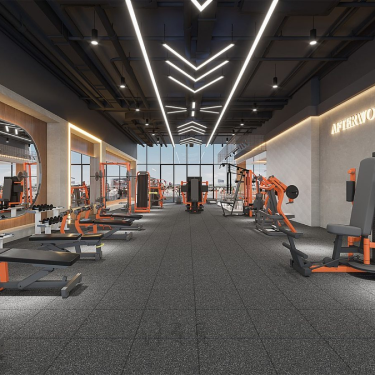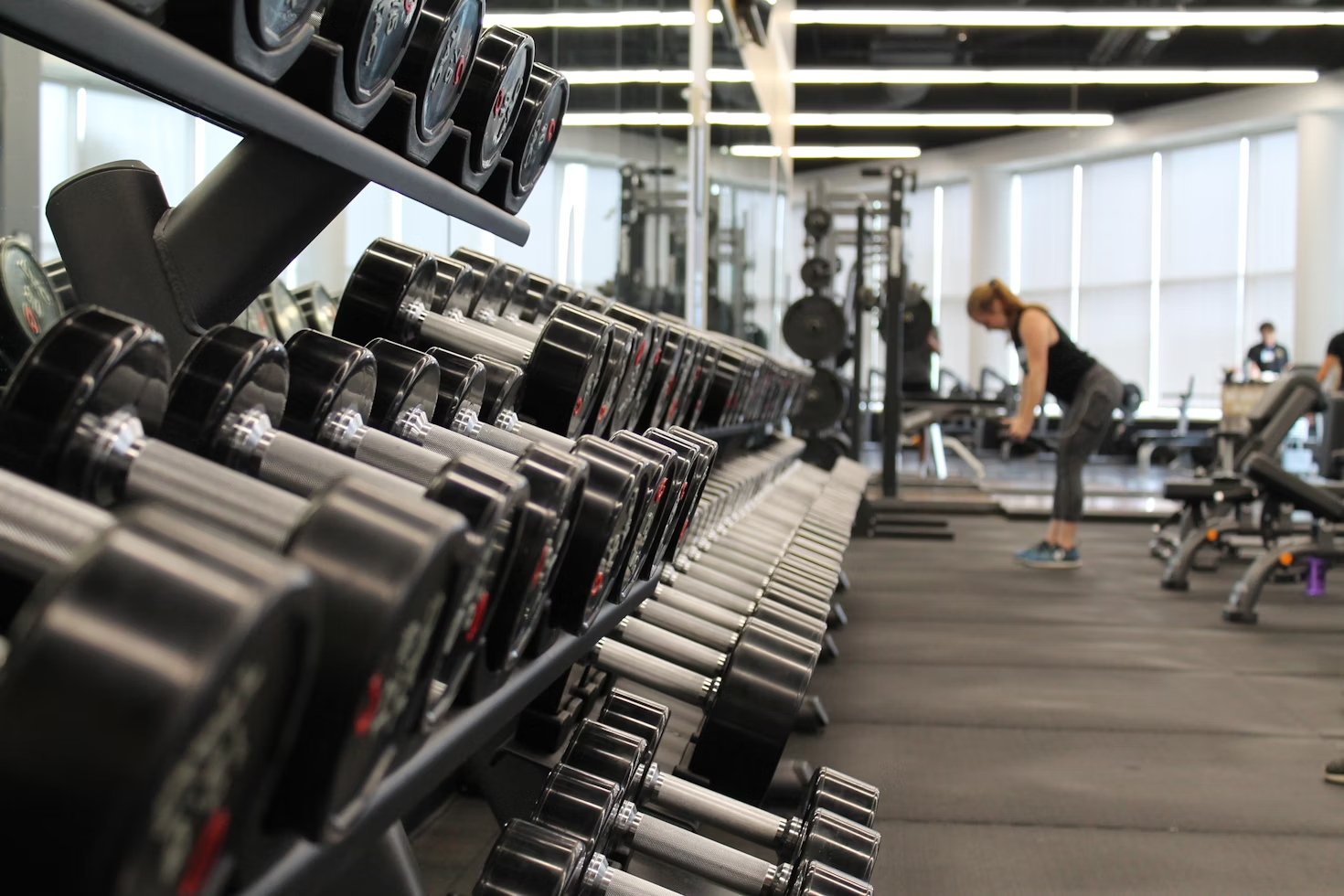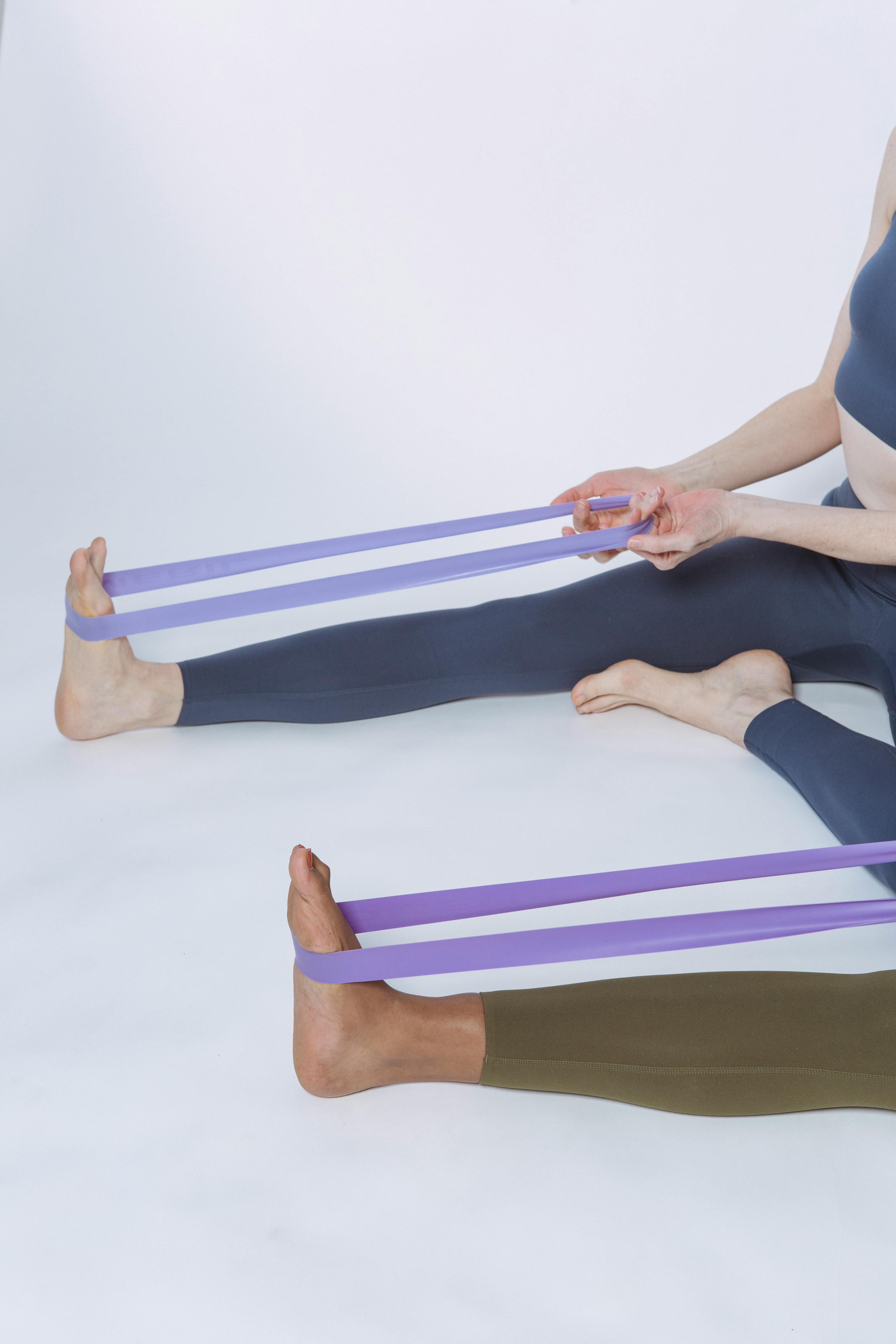Which is Better: Machine vs Free Weight
Introduction
When it comes to strength training, one of the most debated topics in the fitness community is whether machine-based exercises or free weight exercises are better. Both options offer a range of benefits, but they also come with their own set of challenges. Choosing the right approach depends on several factors including your fitness goals, experience level, and available equipment. While machines are often lauded for their convenience and safety, free weights are known for their ability to engage more muscle groups and promote functional strength.
In this comprehensive guide, we will explore the pros and cons of both machines and free weights, helping you understand which is better for your fitness journey.
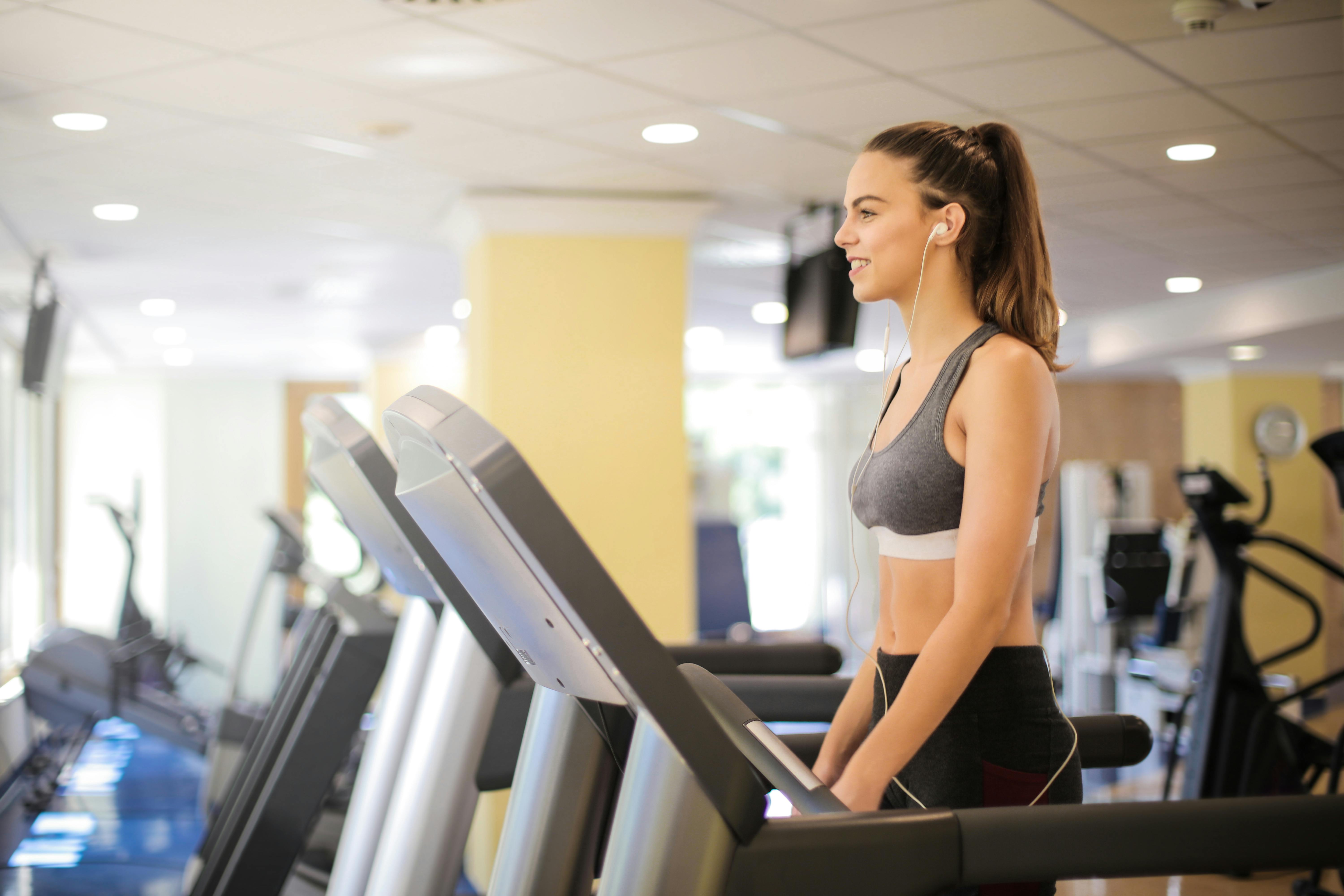
1. Understanding the Basics: What Are Machines and Free Weights?
Before diving into the debate, it’s important to first understand the key differences between machine-based exercises and free weight exercises.
- Machines: Exercise machines, such as the leg press, lat pulldown, chest press, or cable machine, use a guided movement path to assist with lifting resistance. They are typically designed to isolate specific muscle groups, providing stability and control during the exercise. Most machines allow you to adjust the weight and resistance, making them user-friendly for beginners and those looking for more precise targeting of muscle groups.
- Free Weights: Free weights, including dumbbells, barbells, kettlebells, and medicine balls, are not attached to a machine and do not offer any guidance or stabilization. The user is responsible for controlling the movement of the weights, which requires greater balance and coordination. Free weights allow for more natural, compound movements that engage multiple muscle groups simultaneously, which can help develop functional strength.
2. Benefits of Machine-Based Exercises
Machines have several benefits that make them an attractive option for certain users. Here are some key advantages of machine-based workouts:
- Stability and Safety: One of the primary advantages of machines is the level of stability they provide. Machines follow a fixed path of motion, which reduces the risk of improper form and makes it easier to focus on the movement. For beginners or individuals with less experience, this stability helps build confidence and provides a safer way to lift weights. Additionally, many machines are designed with safety mechanisms, such as pins and levers, to prevent accidents.
- Muscle Isolation: Machines are ideal for isolating specific muscles, allowing for a focused approach to muscle development. For example, exercises like the leg curl machine can target the hamstrings specifically, without involving other muscle groups. This can be particularly useful when working on a weak area or during a rehabilitation program.
- Convenience: Machines are easy to use, even for people who are new to strength training. The instructions on the machine and its predefined movement patterns make it more accessible for beginners. Many gyms are fully stocked with a variety of machines, so users can perform an entire workout routine without having to adjust weights or equipment.
- Rehabilitation and Injury Recovery: Machines can be an excellent choice for individuals recovering from injuries or dealing with limited mobility. Because the machine provides more control, it allows for more precise movements without putting undue strain on joints. For example, using a seated row machine can target the back muscles while keeping the spine supported and preventing any unwanted strain on the lower back.
- Progressive Overload: Machine weights are usually easy to adjust, allowing for precise control over weight increments. This feature makes it easy to track progress and implement progressive overload, which is key to building strength and muscle.
3. Benefits of Free Weights
While machines have their place, free weights offer a different set of advantages that many consider superior, especially for advanced lifters. Here are some benefits of free weight training:
- Full-Body Engagement: Free weights require more engagement from the entire body. Unlike machines, which often target isolated muscle groups, free weights involve stabilizing muscles, enhancing coordination, and building functional strength. For example, squatting with a barbell engages your core, legs, and even upper body muscles to stabilize the load.
- Functional Strength: Exercises with free weights replicate natural body movements and can enhance strength that’s transferable to daily activities and sports. For example, a deadlift is a movement that mimics bending over to pick something up off the ground, making it highly functional for improving overall strength and mobility.
- Increased Range of Motion: Free weights allow for a greater range of motion compared to machines, which often have a fixed motion path. This increased flexibility can help improve joint mobility and increase muscle activation. For example, with dumbbell presses, you can adjust the angle of your arms to ensure a deeper stretch in the chest muscles.
- Versatility: Free weights offer unparalleled versatility in your workout routine. Unlike machines, which have a limited number of exercises, free weights can be used for an almost infinite variety of movements. Whether you’re performing squats, presses, rows, or curls, free weights can be utilized for virtually every part of the body.
- Core Activation: Because free weights require you to maintain balance and control throughout the movement, they naturally engage the core. This makes free weight exercises great for strengthening not only your arms and legs but also your abdominal muscles. For example, lifting a barbell overhead during a shoulder press requires significant core stability.
- Better for Advanced Training: For experienced lifters, free weights offer more room for progression and can help build maximal strength. As you progress, free weight exercises like deadlifts, squats, and bench presses become more challenging, allowing for significant gains in strength and muscle mass. Many seasoned lifters believe free weights provide better stimulation for muscle growth due to the increased variety and difficulty of exercises.
4. Machine vs Free Weight: Which is Better for Specific Fitness Goals?
Now that we’ve explored the benefits of both machine and free weight exercises, let’s discuss which might be better suited for different fitness goals:
- Strength Building: For building pure strength, free weights tend to be the better option. Compound movements like squats, deadlifts, and bench presses engage multiple muscle groups and allow for progressively heavier loads, which are essential for strength development. Machines can be useful for targeting individual muscles or performing accessory exercises, but they are typically not as effective for overall strength gains.
- Muscle Hypertrophy (Growth): If your goal is muscle growth, both machines and free weights have their place. Machines allow for muscle isolation, which is useful for targeting specific muscles and achieving hypertrophy. Free weights, on the other hand, engage more muscle groups and tend to lead to greater overall muscle activation. For most people, a combination of both approaches is ideal—machines for isolation and free weights for compound movements.
- Weight Loss and Fat Burning: When it comes to fat burning, free weights have a slight advantage due to the higher calorie burn associated with compound movements. Exercises like deadlifts, squats, and kettlebell swings require more energy and can elevate the heart rate, making them effective for fat loss. Additionally, because free weights involve stabilizing muscles, they tend to provide a more intense workout overall.
- Rehabilitation/Recovery: Machines are often the preferred choice in rehabilitation and recovery settings. Their controlled movement paths reduce the risk of re-injury and allow for more specific targeting of weak muscles. For someone recovering from an injury or dealing with chronic pain, machines offer a safer and more controlled environment for rebuilding strength.
- Sports-Specific Training: For athletes, free weights are generally more beneficial due to the functional strength they promote. Free weights mirror the types of movements athletes perform during sports, which often involve dynamic, multi-directional motions. However, machines can be helpful for addressing imbalances or weaknesses in specific muscles, which might improve performance in particular sports.
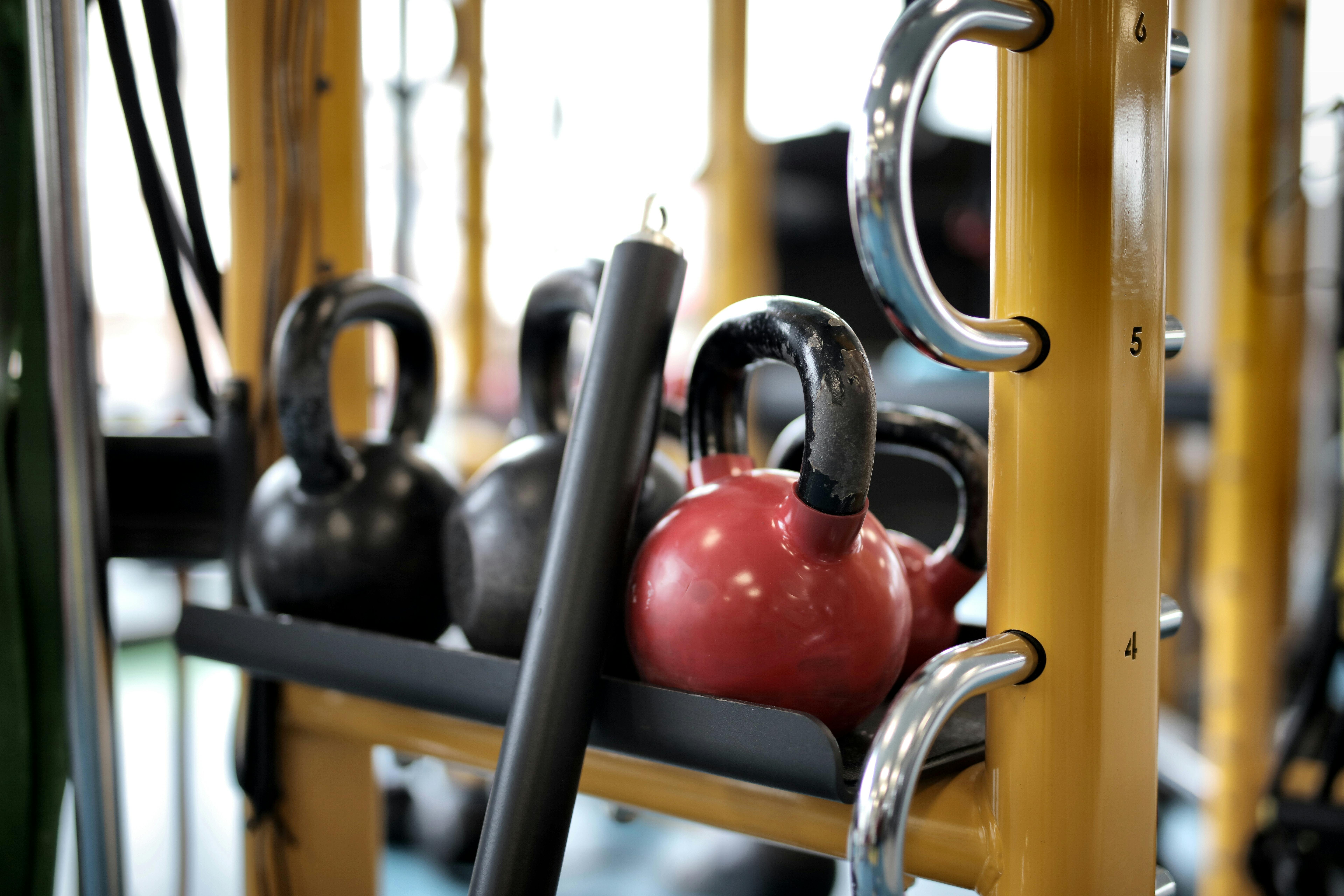
5. The Role of Form and Technique
Form and technique are critical when it comes to both machines and free weights. Here’s a closer look at how they differ:
- Machine-Based Exercises: Machines are often easier for beginners to learn since they guide the body through a fixed range of motion. This can reduce the chances of making mistakes with form, but it doesn’t teach the user how to maintain balance and stability while lifting. Many machines also require users to adjust settings, and improper adjustments can lead to suboptimal form.
- Free Weights: Free weights require more attention to form and technique, as there is no machine to guide the movement. This can be intimidating for beginners, but with proper coaching and practice, users can learn how to perform exercises safely and effectively. Proper form is essential to avoid injuries, especially with free weights, as they require greater coordination and balance.
6. Safety Considerations
Safety is an important factor to consider when choosing between machines and free weights:
- Machines: Machines typically offer a higher level of safety for beginners, as the guided movement reduces the risk of improper form. They also usually have built-in safety features, such as adjustable pins or levers, to prevent the weight from causing injury. However, they still require proper adjustments to ensure optimal form.
- Free Weights: Free weights can be riskier for beginners, as improper form can lead to injury, particularly with heavy weights. Spotters are often required for exercises like the bench press, where the risk of injury is higher if the weight is dropped. Additionally, users must focus on stabilizing the weight and maintaining control, which can be challenging for those new to lifting.
7. Cost and Accessibility
- Machines: Machines tend to be more expensive due to their complexity and size. If you want to incorporate machines into your home gym, the cost can be significant. They also require more space, which can be a limiting factor for people with smaller workout areas. However, they are commonly found in commercial gyms, making them accessible for most gym-goers.
- Free Weights: Free weights are relatively affordable and easy to set up in a home gym. A set of dumbbells, barbells, and kettlebells can be all you need to create a versatile workout routine. Additionally, free weights take up less space, making them ideal for people who don’t have a lot of room for equipment.
8. What’s Better for Beginners?
- Machines: Machines are typically easier for beginners to use, as they guide the movement and reduce the risk of injury. They also allow beginners to focus on building strength without worrying about balance and stability. For those just starting, machines can provide a safe and effective introduction to strength training.
- Free Weights: Free weights are more challenging for beginners, as they require more coordination and balance. However, they are also more versatile and can provide a greater challenge as you progress. Beginners should focus on learning proper form and starting with lighter weights to avoid injury.
9. What’s Better for Advanced Lifters?
- Machines: Advanced lifters may use machines to target specific muscle groups or address weaknesses. For example, if someone has a weak hamstring, they might incorporate leg curl machines into their routine to isolate that muscle. Machines can also be used to add volume or fatigue the muscles after performing compound free weight exercises.
- Free Weights: For advanced lifters, free weights are generally the better option for building strength and mass. They offer more challenging movements and greater opportunities for progression. Compound movements like squats, deadlifts, and bench presses are staples in advanced training programs due to their effectiveness in stimulating muscle growth and building functional strength.
10. Combining Both: The Best of Both Worlds
For many people, the best approach is to combine both machines and free weights into their routine. Starting with machines can provide a safe, controlled environment to warm up and isolate specific muscles, while free weights can offer the challenge and versatility needed for long-term strength gains.
Conclusion
Both machine-based exercises and free weight training have their merits, and the “better” option depends on your fitness goals, experience, and preferences. Machines offer safety, muscle isolation, and ease of use, making them ideal for beginners or those focusing on specific muscle groups. Free weights, on the other hand, engage more muscles, build functional strength, and provide a greater challenge, making them ideal for advanced lifters or those looking for more versatile workouts.
Ultimately, the best approach is to find a balance between both methods, incorporating the strengths of each into your fitness regimen. No matter which path you choose, consistency, proper form, and progressive overload are key to achieving your fitness goals.
Read More: How To Choose A Spin Bike

